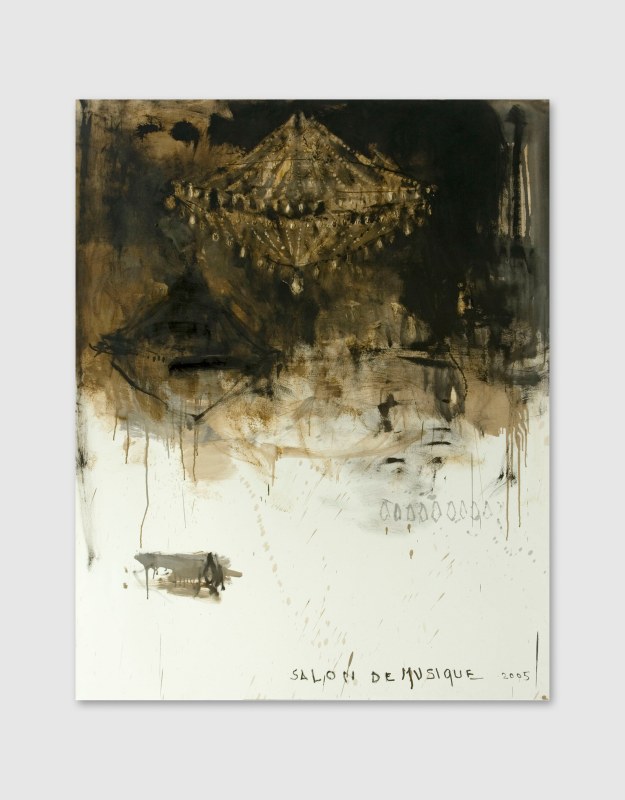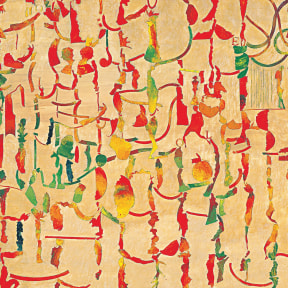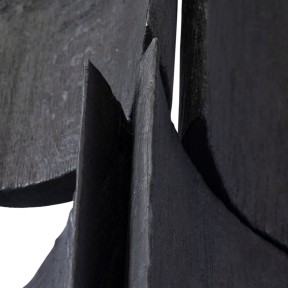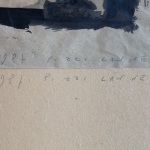-
Biography
Pizzi Cannella (Rocca di Papa, Rome, Italy 1955)
Born in 1955 in Rocca di Papa, in the second half of the 1970s, the artist studied painting at the Academy of Fine Arts in Rome under Alberto Ziveri and philosophy at La Sapienza University.
He held his first solo exhibition in 1978 at the La Stanza Gallery in Rome. In 1982, he established his studio in the former pasta factory Cerere, in the district of San Lorenzo, forming the School of San Lorenzo together with Bruno Ceccobelli, Gianni Dessì, Giuseppe Gallo, Nunzio and Marco Tirelli.
His painting was strongly established with his solo show at the Attico Gallery of Fabio Sargentini in 1984. In the same season (1984-1985) followed solo exhibitions in New York (curated by the Annina Nosei Gallery), Berlin (with the Folker Skulima Gallery) and, the following year, in the Triebold Gallery in Basel, with which he worked until 2002.
His philosophy studies gave an aura of vague symbolism to his (often large) paintings in which the images appear and fade in yellow, red and ochre vibrations against intense black backdrops.
Numerous museums and public spaces have dedicated solo exhibitions to him, including the Civic Museum in Gibellina (1991), Archaeological Museum in Aosta (2001), India Theatre in Rome (2004), Art Hotel in Toulon (2004), MACRO Testaccio in Rome (2006-2007), Palazzo Pitti Complex in Florence (2010), Estorick Collection of Modern Art in London (2015), Josè Martì National Library in Havana (2015), Winter Palace at the Hermitage in Saint Petersburg (2017), Palatine Chapel of the Maschio Angioino in Naples (2019) and Classense Library in Ravenna (2021).
His works are included in important public and private collections throughout Europe, including the Gallery of Modern and Contemporary Art in Turin, Mumok in Vienna, Museum of Contemporary Art in Beijing, MACRO in Rome, Biedermann Motech in Villingen-Schwenningen (Germany), Museum of Modern Art in Saint-Étienne (France) and Hermitage in Saint Petersburg.
Copyright the artist. Photo UniCredit Group (Sebastiano Pellion di Persano)
-
Works
Piero Pizzi Cannella Italian, 1955
Senza Titolo, 1987Mixed media on paper / Tecnica mista su carta / Mischtechnik auf Papier32 1/4 x 25 1/4 in
82 x 64 cmUniCredit S.p.A.© Pizzi Cannella (14/23)Photo: UniCredit Group (Sebastiano Pellion di Persano)9of 9Video
Join our mailing list
* denotes required fields
In order to respond to your enquiry, we will process the personal data you have supplied in accordance with our privacy policy.











